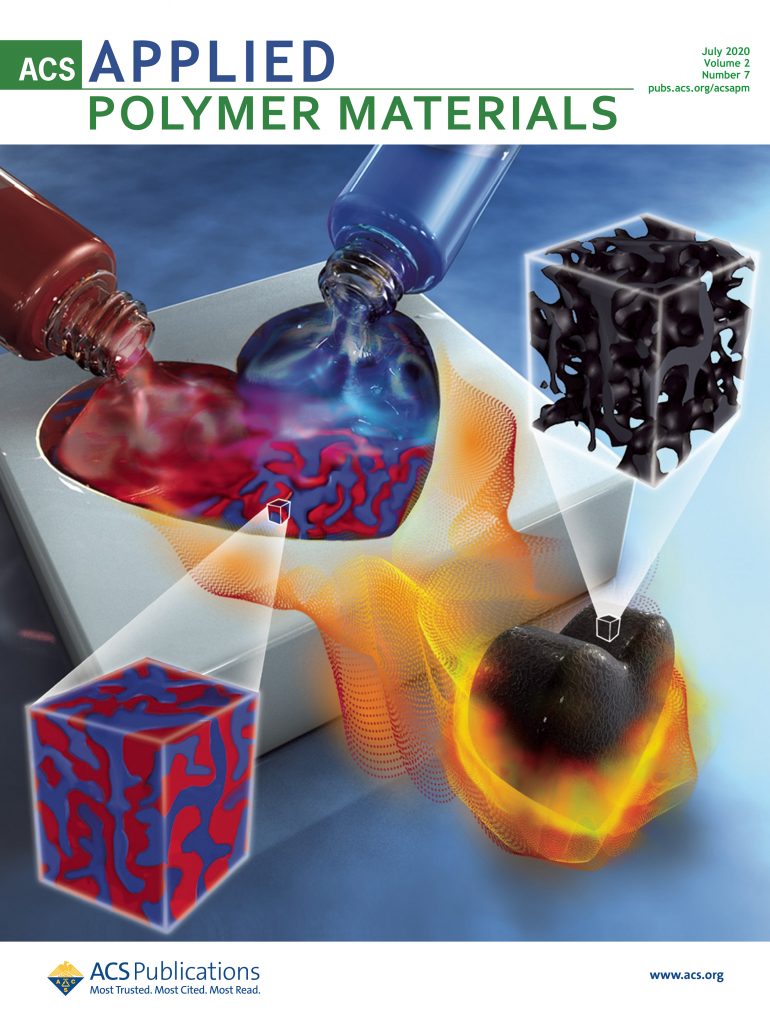Contact detection between curved fibres: high order makes a difference
IF 4.4
2区 化学
Q2 MATERIALS SCIENCE, MULTIDISCIPLINARY
引用次数: 0
Abstract
Computer Graphics has a long history in the design of effective algorithms for handling contact and friction between solid objects. For the sake of simplicity and versatility, most methods rely on low-order primitives such as line segments or triangles, both for the detection and the response stages. In this paper we carefully analyse, in the case of fibre systems, the impact of such choices on the retrieved contact forces. We highlight the presence of artifacts in the force response that are tightly related to the low-order geometry used for contact detection. Our analysis draws upon thorough comparisons between the high-order super-helix model and the low-order discrete elastic rod model. These reveal that when coupled to a low-order, segment-based detection scheme, both models yield spurious jumps in the contact force profile. Moreover, these artifacts are shown to be all the more visible as the geometry of fibres at contact is curved. In order to remove such artifacts we develop an accurate high-order detection scheme between two smooth curves, which relies on an efficient adaptive pruning strategy. We use this algorithm to detect contact between super-helices at high precision, allowing us to recover, in the range of wavy to highly curly fibres, much smoother force profiles during sliding motion than with a classical segment-based strategy. Furthermore, we show that our approach offers better scaling properties in terms of efficiency vs. precision compared to segment-based approaches, making it attractive for applications where accurate and reliable forces are desired. Finally, we demonstrate the robustness and accuracy of our fully high-order approach on a challenging hair combing scenario.弯曲纤维间的接触检测:高阶带来不同
计算机图形学在设计有效算法来处理实体物体之间的接触和摩擦方面有着悠久的历史。为了简单和通用,大多数方法在检测和响应阶段都依赖线段或三角形等低阶基元。在本文中,我们以纤维系统为例,仔细分析了这些选择对检索到的接触力的影响。我们强调了力响应中存在的假象,这些假象与用于接触检测的低阶几何形状密切相关。我们的分析借鉴了高阶超螺旋模型和低阶离散弹性杆模型之间的全面比较。结果表明,当与基于片段的低阶检测方案相结合时,两种模型都会在接触力曲线上产生虚假的跳跃。此外,由于纤维在接触时的几何形状是弯曲的,因此这些假象更加明显。为了消除这些假象,我们在两条平滑曲线之间开发了一种精确的高阶检测方案,该方案依赖于一种高效的自适应剪枝策略。我们使用这种算法来高精度地检测超螺旋之间的接触,从而在波浪形到高度卷曲的纤维范围内,恢复出比传统的基于线段的策略更平滑的滑动运动力曲线。此外,我们还证明,与基于分段的方法相比,我们的方法在效率与精度方面具有更好的扩展特性,这使其在需要精确可靠的力的应用中具有吸引力。最后,我们在一个具有挑战性的梳头场景中展示了我们的全高阶方法的鲁棒性和准确性。
本文章由计算机程序翻译,如有差异,请以英文原文为准。
求助全文
约1分钟内获得全文
求助全文
来源期刊

ACS Applied Polymer Materials
Multiple-
CiteScore
7.20
自引率
6.00%
发文量
810
期刊介绍:
ACS Applied Polymer Materials is an interdisciplinary journal publishing original research covering all aspects of engineering, chemistry, physics, and biology relevant to applications of polymers.
The journal is devoted to reports of new and original experimental and theoretical research of an applied nature that integrates fundamental knowledge in the areas of materials, engineering, physics, bioscience, polymer science and chemistry into important polymer applications. The journal is specifically interested in work that addresses relationships among structure, processing, morphology, chemistry, properties, and function as well as work that provide insights into mechanisms critical to the performance of the polymer for applications.
 求助内容:
求助内容: 应助结果提醒方式:
应助结果提醒方式:


